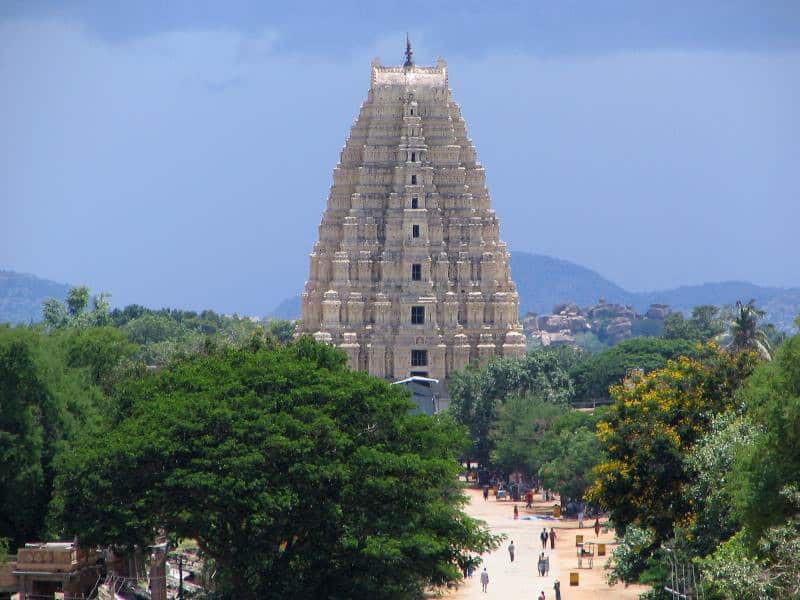By Mayur Kanaiya – An Architect
What is a Gopura?
A Gopura is generally constructed with a massive stone base and a superstructure of brick and pilaster. It is rectangular in plan and topped by a barrel-vault roof crowned with a row of finials.
When viewed from top, the Gopura too resembles a Mandala; With sculptures and carvings of Yalis and mythical animals located in the outer enclosure. Humans and divine beings are in the inner enclosures. The peak of the Gopura, the Kalasha, is at the centre of the Mandala
These sculptures follow a variety of themes derived from the Hindu mythology, particularly those associated with the presiding deity of the temple where the gopuram is located.
Symbolically, the Gopura or the entrance to the temple represent he feet of the deity. A devotes bows at the feet of the Lord at the entrance as he steps into the temple and proceeds towards the sanctum, leaving behind the world of contradictions.
In concept, the crest of the Gopuram has the same significance of representing the central Brahmasthan which is the energy field of any building. This energy field in three dimension is taken to the top level of the gopuram and this confers spiritual benefits to the visitors of the temple.
In the Sri Rangam temple the seven concentric prakara walls are said to represent the seven layers of matter-earth, water, fire, air, either, mind and intelligence-that envelop the consciousness of the living entities in the material world. The Gopuras are symbolic of being liberated from the bondage of matter as one enters the temple and proceeds toward the central shrine
The Gopura also emphasizes the importance of the temple within the city.
Gopurams came in rather late during the mid-12th century in evolution of Dravidian or South Indian Temple Architecture and probably due to security reasons.
With the increasing threat from invading armies, the temple cities found it expedient to erect a series of protective walls to safeguard and defend their temples, palaces and cities. The Gopuras constructed on the gateways leading from one enclosure to the next, initially, served as watch towers for defense.
Among the finest examples are the the Gopuram at Hampi, which is also famous for the inverted shadow inside the temple.
The Gopurams of Meenakshi temple at Madurai
Gopuras appear to have influenced revision in the temple design and layout. The spaces around the shrine became hierarchical; the further the space was from the main shrine, the lesser was its eminence. The outermost ring had buildings of a more utilitarian or a secular nature – shops, dormitories, sheds, workshops etc., thus transforming the temple from a purely place of worship to the hub of a vibrant living city.
A particularly interesting example of this is the Sri Ranganatha temple at Sri Rangam, which has seven enclosure walls and as many as twenty-one Gopuras, the seventh, the outer most enclosure encloses an area of about six hundred acres.
Source : Quora thread